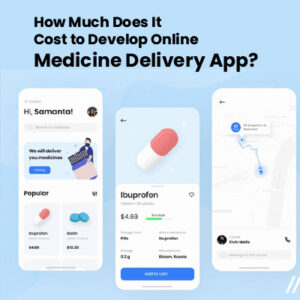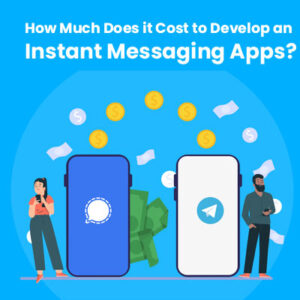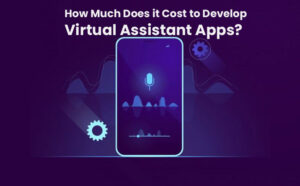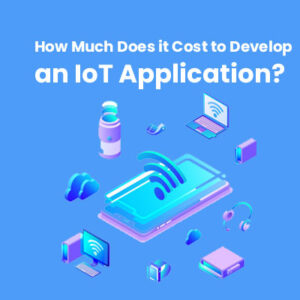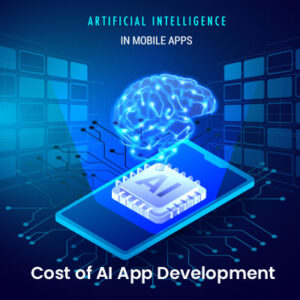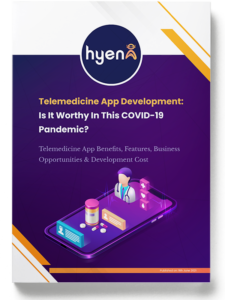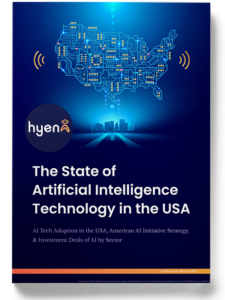The Impact of 5G Technology on Software Development
The Impact of 5G Technology on Software Development
The advent of 5G technology will reshape many industries, and its application to software development is not out of the list. With the ultra-high rate of data, low latency, and massive connectivity, 5G offers scope for developing the software that will revolutionize how applications will be created, developed, and deployed. Here we will discover how the 5G technology will affect software development and how it will shape the future of apps, networks, cloud computing, and the software development lifecycle.
-
Improvements in Network Delivery
The biggest benefit of 5G technology is maybe that it’s much faster and has a lot less latency. 4G can provide 10 Mbps to 100 Mbps of speed, but 5G can provide up to 10 Gbps in the best-case scenario. The massive speed provides a lot of space for applications that have data-heavy tasks to perform well, and what that does is give developers more possibilities. For instance, live streaming of HD video, AR/VR real-time, and complicated IoT networks are much easier with the bandwidth capacity of 5G.
The lowering of latency to 1 millisecond in 5G from 30-50 milliseconds in 4G also supports real-time communication and immediate data processing. This is going to be a massive software development breakthrough for applications like gaming, telemedicine, autonomous vehicles, and industrial automation. Mobile App developers will need to design apps that will be able to manage such augmented capabilities without compromising on the user experience, given the low-latency and high-bandwidth characteristics of 5G.
-
New Software Development Paradigms
Because 5G networks offer higher speed and lower latency, software development itself will see a shift. With all these gadgets, such as IoT sensors, becoming available on 5G, software will have to be programmed in a way that real-time data from tens of devices gets computed in parallel. This will compel developers to adopt distributed and decentralized models where data gets calculated near devices and not on servers. Edge computing will be at the center as data is now computed locally, faster and less taxing on the central servers.
The designers will be required to design their applications in a manner that they utilize such tailored network setups and run efficiently across various slices of networks. This evolution involves novel methodology for developing software that can take advantage of the best of 5G.
-
The Role of Cloud Computing and Virtualization
As 5G offers more stable and faster internet connectivity, the cloud computing platform will be transformed to its core. Cloud applications will now be developed with the capability of 5G through faster responsiveness, higher complexity, and better user experience. Cloud-native architecture will be the leading application development where applications are built on models that are cloud-conformant, employing containerization and microservices.
Other than this, 5G will improve Virtualized Network Functions (VNFs) and Software-Defined Networking (SDN) resilience. Both of them enable dynamic, adaptive network management so that application developers can tune their applications in accordance with the network conditions. Since 5G assigns resources dynamically and traffic management is less dependent on latency, software application developers can create apps that adapt more effectively to changes in user behavior or environmental factors.
-
5G and Artificial Intelligence (AI) Integration
The introduction of 5G technology would also revolutionize software development, i.e., AI software. Due to extremely high data rates and extremely low latency, 5G would make AI software able to act in response to real-time input, with such examples as autonomous cars, factory robots, and smart cities getting optimized. More bandwidth provided by 5G makes AI algorithms process at any time instance of time, providing enhanced performance and real-time decision-making capacity in applications.
5G will enable developers to create AI-driven apps that can optimize network resources. As a follow-up to AI use in traffic load forecasting and resource allocation, the apps will provide a more efficient user experience along with system integrity regardless of changing data loads. These will be of immense benefit to AI chatbots, virtual assistants, and predictive maintenance software, which will thrive in the 5G era with increasing processing power as well as communications bandwidth. More sophisticated and newer frontiers await in the future for software development. AI, ML, and analytics will find widespread application in creating more sophisticated solutions than ever conceived, delivering on real-time complexity.
-
5G and the Internet of Things (IoT)
The Internet of Things (IoT) will grow exponentially with the 5G mass deployment. Billions of devices are being connected that are producing humongous amounts of data, and with 5G, the developers can create more scalable and efficient IoT applications. One can support more devices at a time in 5G networks than 4G. hence, the developers can create smart cities, next-gen healthcare systems, and industrial automation solutions.
5G’s ability to enable large-scale IoT with ultra-reliable low-latency communications (URLLC) would imply that software developers would need to come up with solutions that will be able to process and respond to real-time data provided by such devices. The applications would need to be power consumption and real-time data processing well optimized. Consequently, the programmers will have to construct systems large enough to handle an unimaginable number of devices with minimal latency for mission-critical tasks such as remote surgery or real-time traffic control.
-
Professional Mobile App Development
With the low data transfer latency and high data transfer rate of 5G, mobile app development will be totally revolutionized. With low latency and high data transfer rates, developers are now able to develop apps that cannot be developed otherwise, i.e., mobile AR/VR apps, cloud gaming apps, and live video calling apps. Mobile applications will no longer be constrained by data transfer speeds, and therefore they can now stream high-definition media and produce more interactive and immersive experiences.
App developers would also need to account for newer technologies such as edge computing, which would reduce and make smoother the user interface by conducting operations within proximity devices or servers. In addition, increased network reliability and bandwidth through 5G will ensure mobile apps run flawlessly every time, whether users are living in high-density urban areas or rural villages.
-
Security Concerns and Challenges
As 5G allows for more devices to be connected and more sophisticated software systems, security is still a bigger issue for developers. As all these devices are being connected to 5G networks, there is a larger attack surface to be attacked by potential cyber-attacks. Developers will have to secure 5G network-built apps by implementing encryption, multi-factor authentication, and other safeguards to guard against sensitive data.
Apart from that, 5G-capable IoT devices and applications introduce new attack surfaces, so software needs to be written by developers in a secure and trusted security environment. Because 5G is to be rolled out on such a massive scale, frequent patching and updating to keep pace with future threats will be done, while secure communication between apps and devices will be facilitated.
Conclusion
5G technology places extensive and pervasive impacts on software development. Structuring events to have the potential to introduce higher data rates, lower latency, and increased connectivity, 5G offers avenues upon which developers are able to create different kinds of applications via domains such as AI and IoT, mobile apps, and cloud computing.
Get connect with Hyena, the best software development company in India, USA, Dubai, and Europe and realize the wide-scale use of 5G worldwide.

